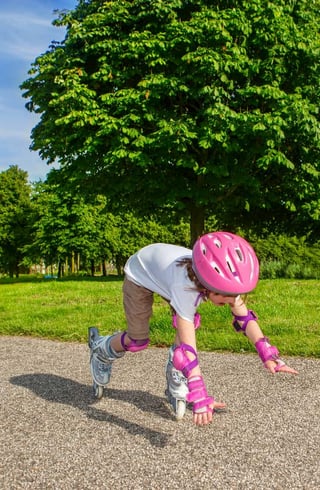What is a Rotator Cuff Tear? Symptoms, Causes, and Treatments
March 23rd, 2016 | 4 min. read
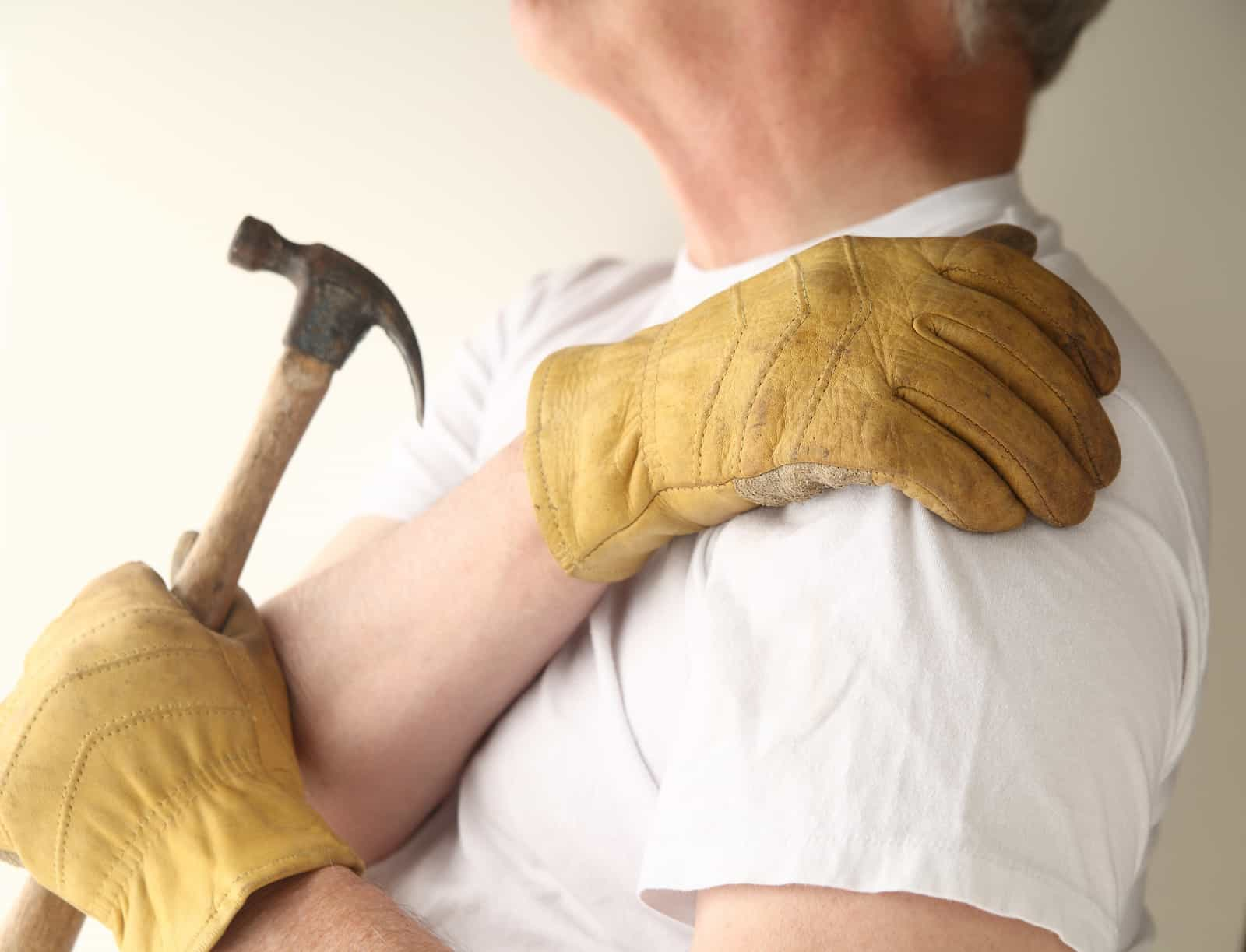
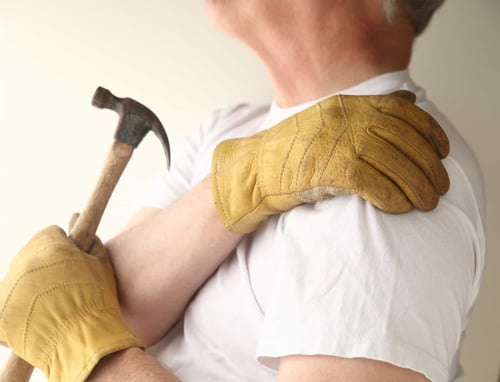 One of the most common injuries seen by orthopedists and sports medicine practitioners is a torn rotator cuff. Nearly 2 million people sustain a rotator cuff injury in any given year.
One of the most common injuries seen by orthopedists and sports medicine practitioners is a torn rotator cuff. Nearly 2 million people sustain a rotator cuff injury in any given year.
Normal wear and tear leads to weakening of this part of the shoulder (usually of the dominant arm).
This explains why a good many people who suffer a torn rotator cuff are middle aged or older.
But anyone can sustain this kind of injury due to overuse, repetitive movement, or sports-related trauma.
Those who perform frequent tasks that require overhead motions, like carpenters, have an increased risk.
What is the rotator cuff?
The rotator cuff is a combination of four muscles that join together as tendons to form a covering over the joint where the long bone of the upper arm, the humerus or "funny" bone, attaches to the shoulder. This junction of tendons helps you to lift and rotate your arm in many directions and creates stability around the joint.
Between it and the short bone along the top of the shoulder (the acromion), a small cushion of lubricating fluid (the bursa) helps the rotator cuff to glide freely. When it becomes damaged, the bursa radiates pain and becomes the site of inflammation as the body works to heal the damage.
Interested in an appointment to assess your rotator cuff problems?
Click the button below to schedule an appointment today!
Rotator Cuff Tear: Causes
There are two main reasons why the rotator cuff can tear:
-
Trauma. This could be due to falling down on an outstretched arm, breaking a collarbone, dislocating a shoulder, or lifting a heavy object recklessly. Typically, these are singular incidents.
-
Overuse. The tendons that compose the rotator cuff wear down over time. Repetitive movements (pushing a paint roller up and down or across a ceiling, pitching a baseball over and over, washing windows) can take their toll on this part of the body.
Other factors
As we age, blood doesn't circulate to our joints as well, leaving them less prepared to manage damage. Minor insults to the shoulder aren't as quickly repaired by our natural immune system responses—which include inflammation—so the chances of small tears become major injuries increases.
Another problem occurs when we age. Bone overgrowth on the underside of the acromion bone, called spurs, can rub against rotator cuff tendons, creating a condition for tearing called shoulder impingement.
There are two kinds of tears:
A partial tear damages soft tissue but does not sever the tendons. Partial tears may resembled frayed tissue.
A full-thickness tear (or a complete tear) splits soft tissue in two, often at the site where tendons attach to the humerus. This leaves a hole in the rotator cuff.
Rotator Cuff Tear: Symptoms
How do you know when you've got a torn rotator cuff? You'll typically feel something's wrong, such as:
-
Weakness in the shoulder when you try to lift your arm or rotate it
-
Pain in the shoulder at rest, especially while lying down on it
-
Pain while trying to use the shoulder to lift or lower the arms
-
A crackling sensation that occurs when trying to move the shoulder in a certain way (crepitus)
Pain can be mild or severe, dull or bright. It can be relieved by over-the-counter pain relievers if there's a gap in time between the injury and your opportunity to see a doctor. You might feel a snapping sensation immediately after the tear occurs. As time passes, simple tasks like combing your hair may become nearly impossible. These are all signs you need to seek medical attention for your injury.
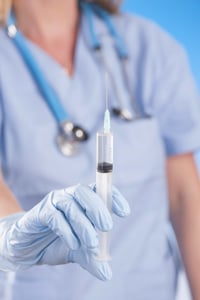 Rotator Cuff Tear: Treatments
Rotator Cuff Tear: Treatments
Continuing to use the shoulder and "powering through" the pain is not recommended. You could further damage your rotator cuff and it might take longer to heal. The goal of treatment is to reduce pain and return function to normal levels. Waiting to get treated only delays or compromises healing.
The best treatment for a torn rotator cuff is going to depend upon your history, the severity of the injury, your age, and the type of tear you've sustained.
Nonsurgical therapies
-
Rest. You will be asked to reduce or avoid activities that could further damage the torn rotator cuff. You may or may not also use a sling to protect and stabilize your shoulder.
-
NSAIDs. Non-steroidal anti-inflammatory medicines like ibuprofen or sodium naproxen can reduce swelling and relieve pain.
-
Hot/cold therapy. To manage inflammation, alternating hot and cold compresses can be helpful.
-
Physical therapy. There are exercises to help restore movement, improve flexibility, strengthen the damaged tendons, and safely increase range of motion. An immobilized joint needs to be moved to avoid developing a thick, tight socket condition known as frozen shoulder.
-
Neurostimulation. Using a TENS device (transcutaneous electric nerve stimulator) can give some relief.
-
Ultrasound. The application of high-frequency sound waves could help with inflammation and swelling.
-
Steroids. If all else fails, cortisone injections can help with stubborn pain and inflammation, but they need to be given judiciously to prevent future damage to the tendons.
Surgical treatment
When damage is more severe and nonsurgical therapies does not improve your condition, surgery may be an option. Ongoing pain, high risk for reinjuring the rotator cuff, and significant loss of function are all good reasons to consider a procedure.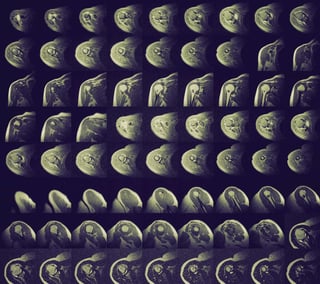
Options include repair of the damaged tissues, transfer of alternative tendons, bone spur removal, and joint replacement.
If you suspect you have a rotator cuff tear, your best move is to see an orthopedist or sports medicine physician as soon as possible, as surgery may be a time-sensitive concern for more severe injuries. An untreated torn rotator cuff could lead to permanent shoulder stiffness and loss of strength as well as degeneration of the shoulder joint.
The doctor will consider your symptoms and history and examine your shoulder for tenderness, deformity, strength, and any limitations to range of motion. They will likely also look at your neck to ensure your pain isn't being referred from areas along the spine. They will also rule out other causes, such as arthritis.
Tests used to diagnose a rotator cuff injury might include X-rays or MRI, as well.
Article written by: Rob Williams, MD
We can help connect you with the best physician for your needs, whether you need an evaluation, want advice for prevention or need to explore your treatment options. Need an assessment? Call us at our Corpus Christi location and make an appointment today!
Sources:
American Association of Orthopaedic Surgeons
Mayo Clinic
National Institute of Arthritis and Musculoskeletal and Skin Disease
Dr. Williams has been practicing orthopedic surgery in Corpus Christi since 1998. After graduating from Texas Tech hereceived his medical degree from the University of Texas at San Antonio. At the prestigious Campbell Clinic located at the University of Tennessee, Dr. Williams completed not only an Orthopedic Surgery Residency, but an additional year of Fellowship Training in Spine Surgery. Dr. Williams is dedicated to creating an excellent patient experience in the office or in the surgery suite.


